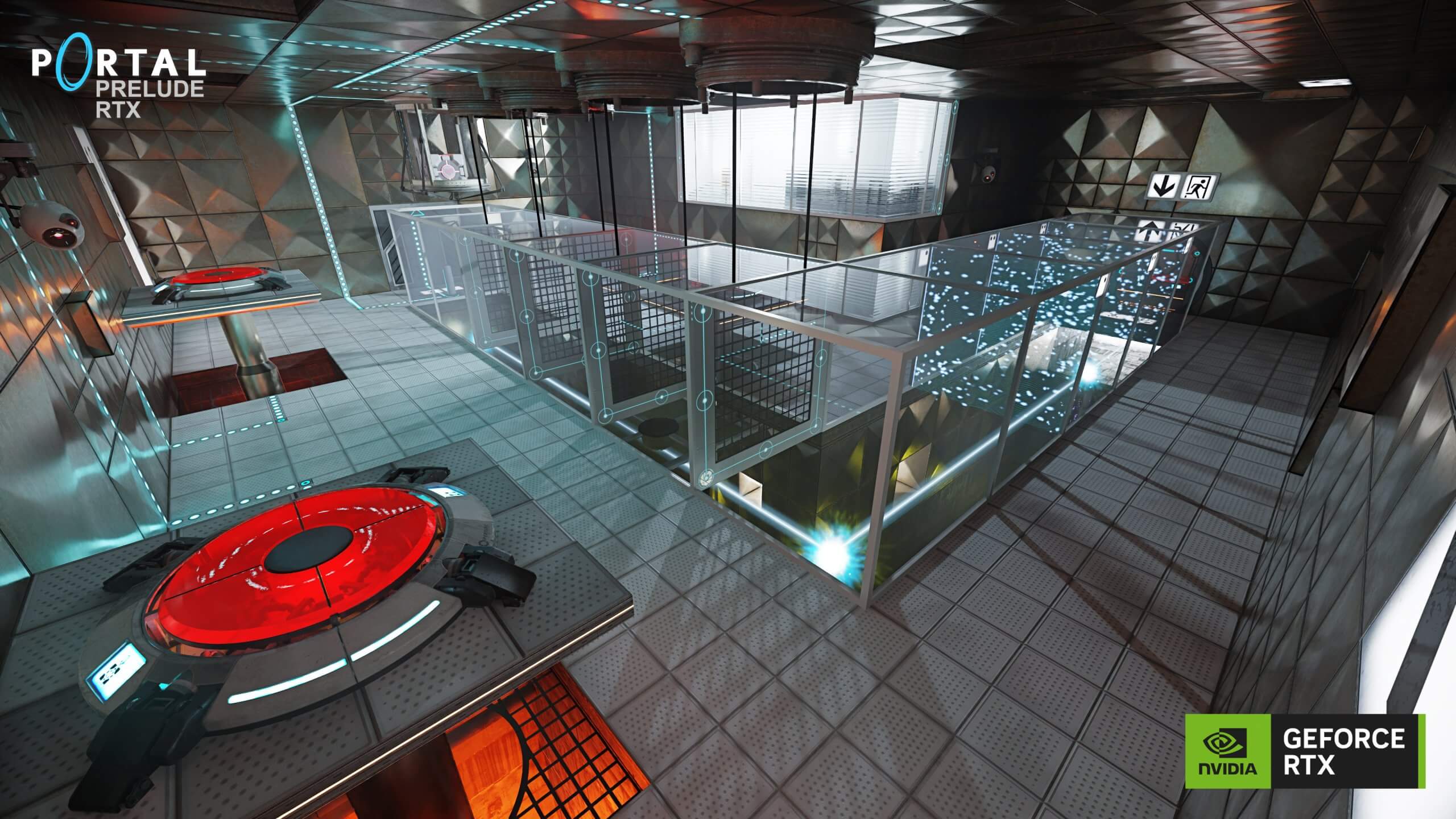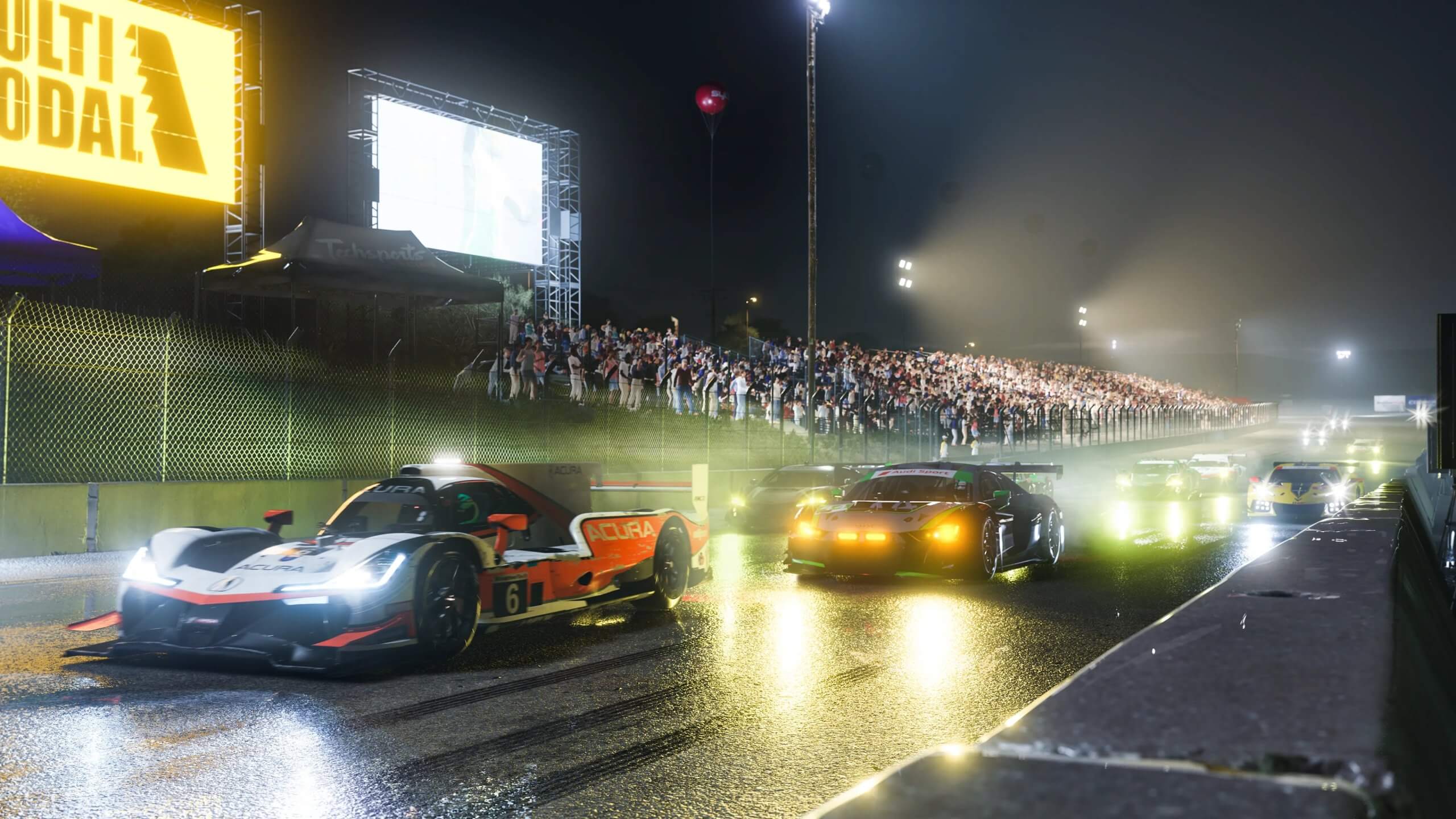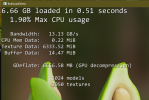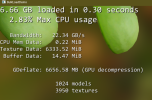DegustatoR
Legend
PCH connection doesn't affect read speeds much when benched by CrystalDiskMark, the losses are negligible. There are no other bus traffic either - GPU is connected to CPU lanes so it's pretty much SSD->PCH->CPU->GPU with nothing else eating the bandwidth.so maybe X670's PCH is better than X570 or maybe it's really a PCIe 3.0 problem.
It is surprising to see 980 Pro showing 3X higher bandwidth when it's almost exactly 2X in pure reads benchmarks in CDM. Wonder what's going on there.
CPU d/c is limiting both NVMe drives at ~6.3 GB/s which is about twice the raw read speed for 960 Pro so that's working fine. Although it is also a bit surprising to see a 12C/24T 5900X not being faster than that here.






